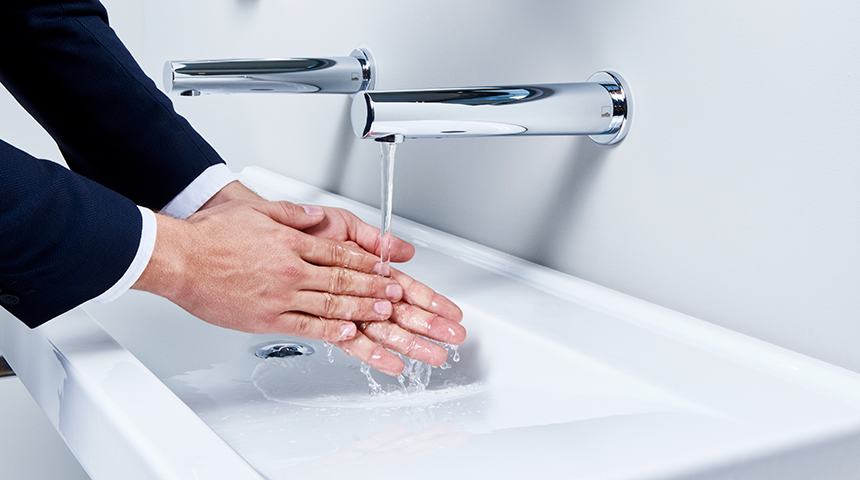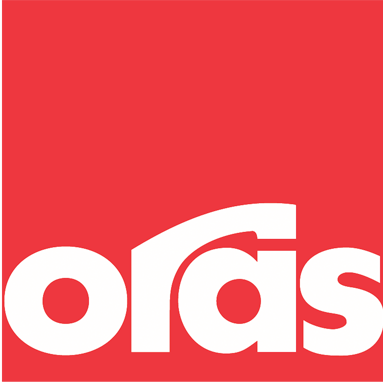
Over the past ten years touchless faucets have become increasingly common in Finland, Sweden, Denmark and Norway. Across the region the benefits of touchless faucets have rapidly been embraced, and today electronic faucets have found their way into millions of Nordic homes and other buildings. The improved hygiene and water-saving properties have convinced many users – particularly in homes and schools.
In the Nordic region, the use and acquisition of touchless faucets has followed largely the same path, country to country. Hygiene in public places is highly valued and touchless faucets are increasingly becoming the default solution to meet this hygienic standard.
In fact, in Norway it is specified by government charter that all companies and other public premises serving food install touchless faucets as a way of maintaining good hygiene.
“In Norway, touchless faucets are installed in public restrooms and other public premises, such as hospitals, schools and day care centers specifically as a way to prevent bacteria from spreading”, says Oras Norway Technical Support Manager, Snorre Westrum.
The two most significant benefits of touchless faucets are their hygiene and water saving properties. Good faucet hygiene is understood to also offer economic benefits:
“We have noticed that consumers have become increasingly interested in ways in which they can stop germs from spreading – and thus decrease yearly sick-leave absences at work, for example”, says Oras Denmark Country Manager, Kasper Thomsen.
Household awareness of water saving needs – Danes lead the way
Within a decade, touchless faucets have found their way from public facilities and into Nordic households and the everyday life, especially in restrooms.
According to Oras Finland Country Manager Marko Sundholm, touchless faucets are quite often chosen for Finnish households with several bathrooms, and installed especially in bathrooms where people most often wash their hands. A combination of increased hygiene, ease of use and water saving properties are factors when a touchless faucet is selected.
In fact, hygiene and ease of use are no longer the main reasons many people in the Nordic region choose to install a touchless faucet. Today, people are ever more aware of the impact that water use has on the environment, and choosing a touchless faucet means being responsive to water consumption challenges.
Particularly in Denmark, families with kids are interested in touchless faucets, partly because of increases in water prices. “Due to years of rising water prices – as well as the rising awareness of enhanced hygiene – Danish consumers are increasingly more interested in touchless faucets. In fact, a major asset of touchless faucets is their ability to reduce a family’s water consumption by as much as half”, says Thomsen.
Safety is also an asset in touchless faucets, particularly in households with kids and elderly people. The sensor starts the water flow by detecting hands underneath the faucet, and stops it automatically. The temperature regulator keeps the water temperature constant.




